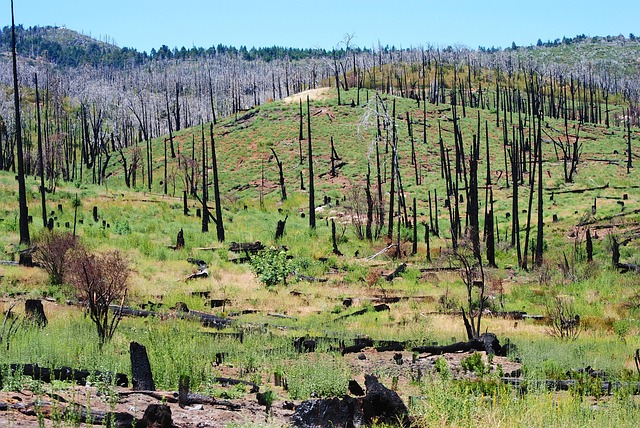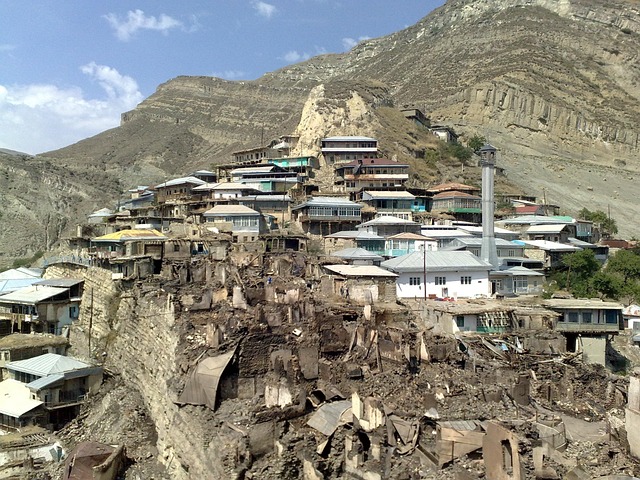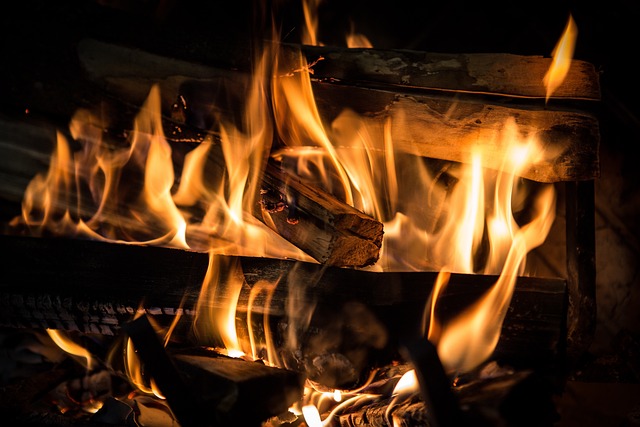Selling fire-damaged properties in California requires specialized contractors for hazardous material removal, strict adherence to state and local regulations (including building codes and disclosures), and strategic marketing to highlight opportunities. Success hinges on thorough inspections, transparent practices, high-quality photography, creative marketing, and partnerships with experienced professionals, ultimately streamlining transactions and transforming distressed properties into desirable residences.
“In California, distressed property sales present both challenges and opportunities. This article delves into the unique context of fire-damaged property listings in the Golden State, exploring their prevalence and driving factors. We dissect the legal landscape surrounding these sales, offering insights into regulatory frameworks designed to protect buyers and sellers alike. Furthermore, we uncover effective marketing strategies for navigating competitive markets and present compelling case studies showcasing successful transactions, providing a comprehensive guide for real estate professionals engaged in California’s fire-affected property market.”
- Understanding Distressed Property Sales: A California Perspective
- Uncovering the Reasons Behind Fire-Damaged Property Listings
- The Legal and Regulatory Framework for Selling Fire-Affected Homes
- Marketing Strategies for Attracting Buyers in a Competitive Market
- Case Studies: Successful Transactions and Lessons Learned
Understanding Distressed Property Sales: A California Perspective

In California, distressed property sales have become an increasingly prominent aspect of the real estate market, particularly in light of events like wildfires that wreak havoc on communities. Selling fire-damaged properties in this state involves a unique set of considerations due to stringent building codes and environmental regulations. When a home sustains damage from a wildfire, it’s not just the physical structure that needs attention; there are also potential hazards posed by toxic materials, such as asbestos or lead paint, that must be addressed before any sale can take place.
California’s strict guidelines for repairing and selling fire-damaged properties ensure that residents are protected from further exposure to hazardous materials. This process often involves specialized contractors who have the necessary training and equipment to safely remove and dispose of contaminated materials. Once these issues are resolved, homeowners or investors can move forward with listing their property on the market. Selling a fire-damaged home in California requires transparency and adherence to local regulations, ultimately contributing to a safer real estate transaction environment for all involved parties.
Uncovering the Reasons Behind Fire-Damaged Property Listings

When it comes to selling fire-damaged properties in California, understanding the root causes behind such listings is essential for buyers and real estate professionals alike. Many homes that appear on the market due to fires often face unique challenges that can impact their value and appeal. These issues may include structural damage, blackened walls, melted flooring, and potential health hazards from asbestos or lead paint.
Investigating these properties requires a thorough inspection to assess the extent of the fire’s impact. In California, where natural disasters like wildfires are prevalent, buyers should be vigilant and informed about the potential risks and costs associated with purchasing a fire-damaged property. Knowing whether the damage is superficial or structural can help buyers make informed decisions and ensure they’re not left with unexpected repairs post-purchase.
The Legal and Regulatory Framework for Selling Fire-Affected Homes

In California, the legal framework for selling fire-affected properties is governed by a combination of state and local regulations. When homes are damaged by fire, there are specific procedures that must be followed to ensure fair and transparent sales. The process often involves obtaining permits and inspections to assess the extent of damage and verify that the property is safe for occupation. Sellers must disclose any known issues related to the fire damage to potential buyers, ensuring full transparency.
Regulatory bodies, such as local fire departments and building departments, play a crucial role in overseeing these sales. They enforce building codes and safety standards, making sure that repairs meet the necessary criteria before a property is deemed market-ready. Additionally, California’s Department of Real Estate regulates the actions of real estate agents involved in distressed property sales, promoting ethical practices to protect both sellers and buyers in the fire-damaged home market.
Marketing Strategies for Attracting Buyers in a Competitive Market

In a competitive California real estate market, successfully marketing a distressed property, such as a fire-damaged home, requires a strategic approach. One effective strategy is to emphasize the unique opportunities and potential that come with purchasing a damaged property. Highlighting the low competition among buyers who are looking for fixer-uppers can attract those seeking an affordable entry point into the market or investors willing to renovate.
Utilize high-quality photography and detailed descriptions to showcase both the current state of the property and its future possibilities. Focus on the substantial renovation potential, architectural features, and location advantages. Engaging with a real estate agent experienced in distressed sales can be invaluable, as they understand buyer psychology and market trends, ensuring your listing stands out in a crowded marketplace.
Case Studies: Successful Transactions and Lessons Learned

In the realm of real estate, distressed properties present unique opportunities and challenges, especially in vibrant markets like California. Case studies of successful selling fire-damaged property offer valuable insights for investors and realtors alike. One notable example involves a historic home in Los Angeles that suffered extensive fire damage but was expertly restored, attracting a steady stream of buyers interested in both its historical value and modern appeal. This transaction highlights the power of thorough repairs and strategic marketing in turning a distressed asset into a desirable residence.
Lessons learned from such successful sales indicate that while fire-damaged properties may initially seem daunting, they can be revitalized to meet market demands. Key takeaways include investing in meticulous repairs, ensuring compliance with local building codes, and employing creative marketing strategies to showcase the property’s potential. Additionally, fostering partnerships with experienced contractors and real estate professionals can significantly enhance the sales process, ultimately facilitating smoother transactions for all involved parties.
Selling fire-damaged properties in California presents unique challenges, but with the right strategies and understanding of the legal framework, successful transactions can occur. By uncovering the reasons behind these listings and implementing effective marketing tactics, investors can navigate this competitive market. The case studies highlighted demonstrate that with thorough assessment, efficient legal processes, and targeted marketing, selling fire-affected homes is not only feasible but can also yield substantial returns. For those navigating distressed property sales in California, staying informed and adaptable is key to thriving in this dynamic real estate segment.






